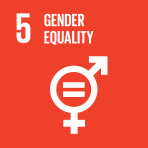Abstract
This work develops a set of regimes that link structures of economic growth with those of social reproduction. These regimes are then linked to groups of countries organized by economic structure and level of development to evaluate the macroeconomic consequences of a decline in gender inequality in the labour market. Social reproduction is defined in terms of the time and money it takes to produce, maintain and invest in the labour force, so it includes both paid and unpaid care work. The analytical emphasis is on how the distributions of production and reproduction among women, men, the state and capital determine investment and growth and how gender inequality is both cause and consequence of these relationships.
© United Nations
- 28 Sep 2015



